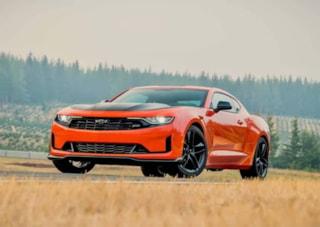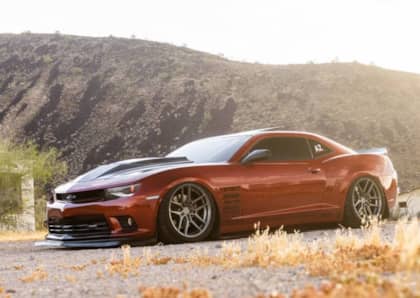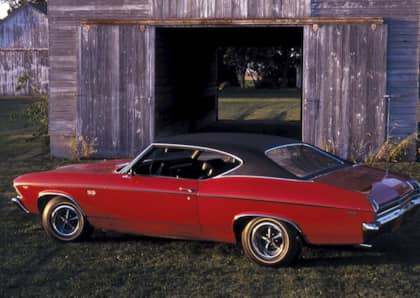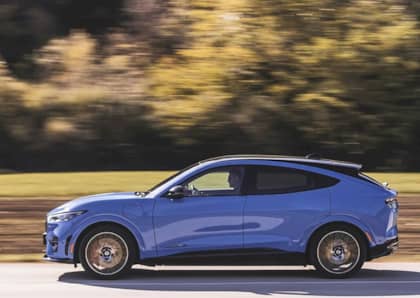What's Next For The Chevrolet Camaro? Is An SUV Or EV The Next Logical Step?
What does it mean today when a car is canceled? In an era where old-school nameplates are being recycled on a regular basis (witness the recent disinterment of the Acura Integra and the Honda Prelude), it seems like nothing stays dead for long—or at least, not long enough to slip completely from the automotive consciousness.
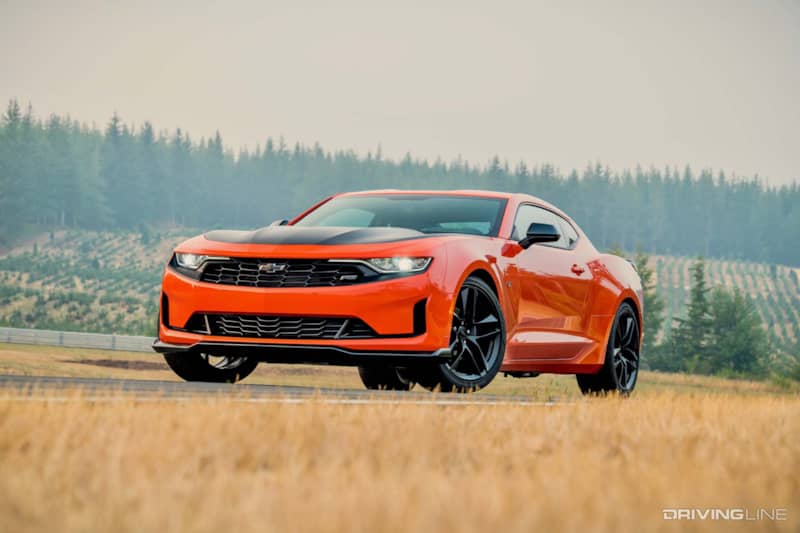
That being said, even with the prospect of re-animation on the table, the "pet sematary" of the modern market means there’s no guarantee that a vehicle’s comeback matches the spirit of what it was before. Automotive revivals can strike off in unusual directions, testing customer loyalties and confusing even the most diehard brand fans.
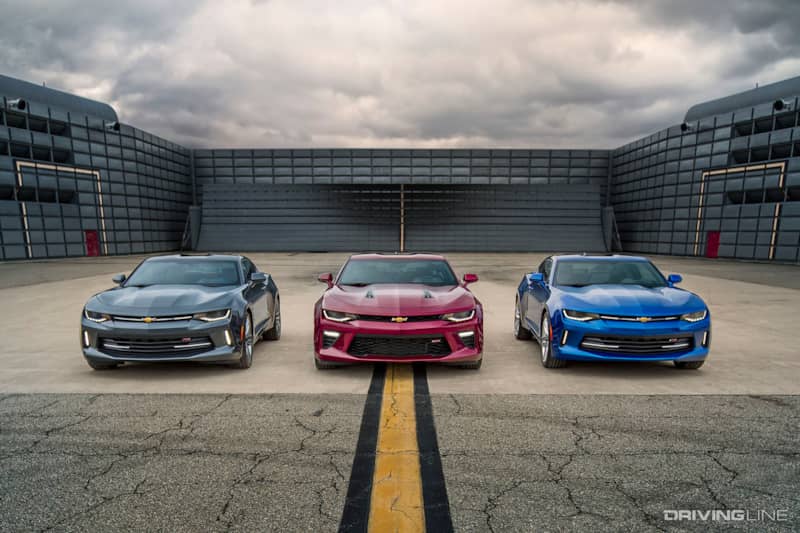
When it was announced that 2024 would be the Chevrolet Camaro’s final model year, it was déjà vu for muscle car enthusiasts of a certain age who had lived through the fourth-generation F-body’s cancellation in 2002.
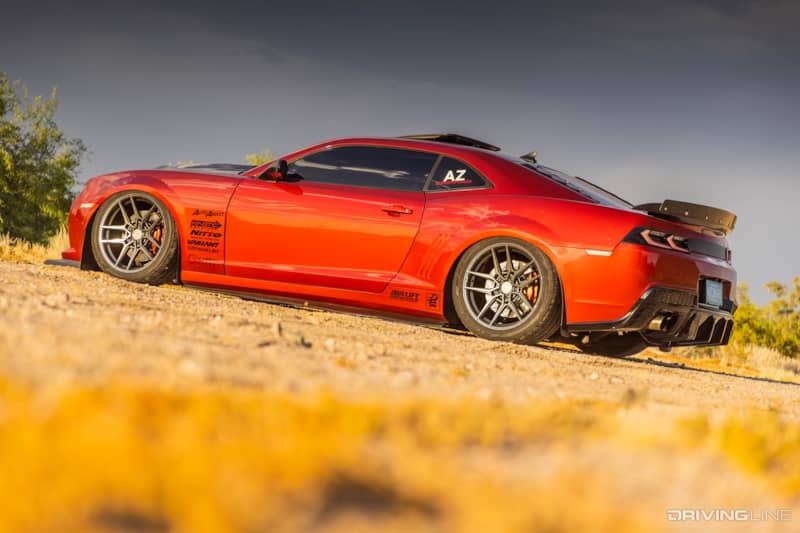
When the coupe and convertible returned in 2010, it brought with it a retro styling flavor that played well for the first few years, but which was watered down by the time the sixth-generation model bowed in 2016. The most recent Camaro had difficulty meeting sales targets, and paled compared to the units moved by rivals like the Ford Mustang and the Dodge Challenger.
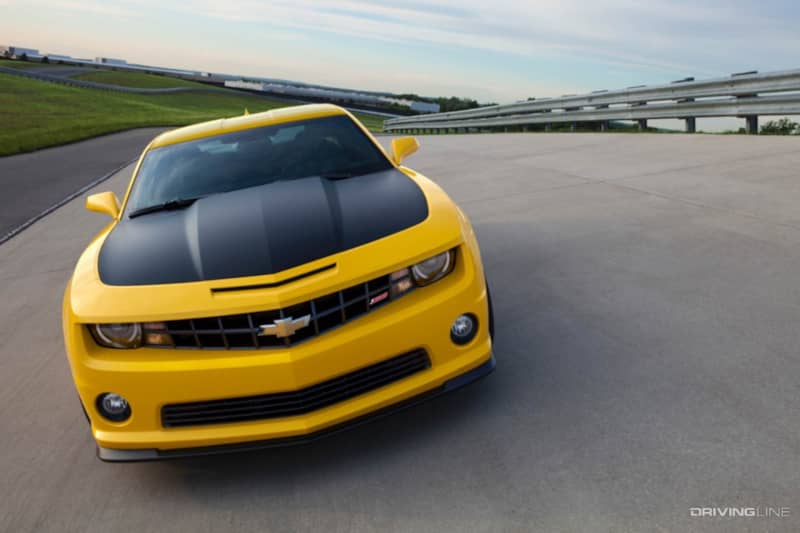
Chevrolet has announced that “this is not the end” for the Camaro, hinting that the future will see the automaker revisiting its once-popular badge. Given that the Bowtie is so invested in the Camaro name across its motorsports and performance divisions (it is the face of the brand in NASCAR, for example), it’s reasonable to expect that any new version of the car would continue the same go-fast tradition. Whether or not it is a V8-packing, rear-wheel smoking template that has thus far defined it is a lot less certain.
Electrification Felt Like A Lock—Until It Didn’t
General Motors has made a lot of noise over the past few years about its Ultium EV platform, which promised better performance, longer range, and a long list of new vehicles motivated exclusively by battery power.
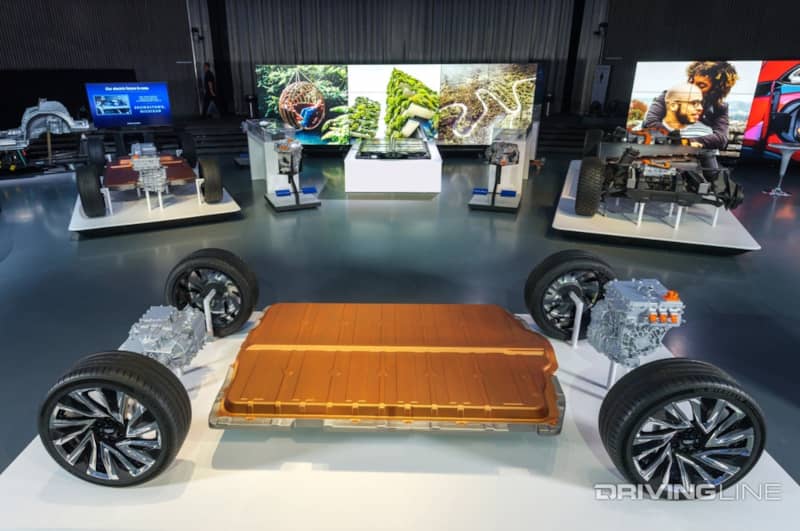
That strategy, which seemed set in stone last year, has quite publicly fallen apart over the course of the past six months. Whereas the forecast once called for cheery profit increases on electric vehicles that had so far been a cost sink for a company dumping billions of dollars into research and development, problems with battery suppliers dramatically cut production of electric automobiles to the point where the majority of GM’s projected new models no longer have firm on-sale dates. Combined with the financial losses suffered by the company during the recent UAW strike as well as a perceived slowing of demand for electric vehicles from customers, the General has clawed back its EV roll-out, in addition to canceling its plans to partner with Honda to produce more affordable electrics.
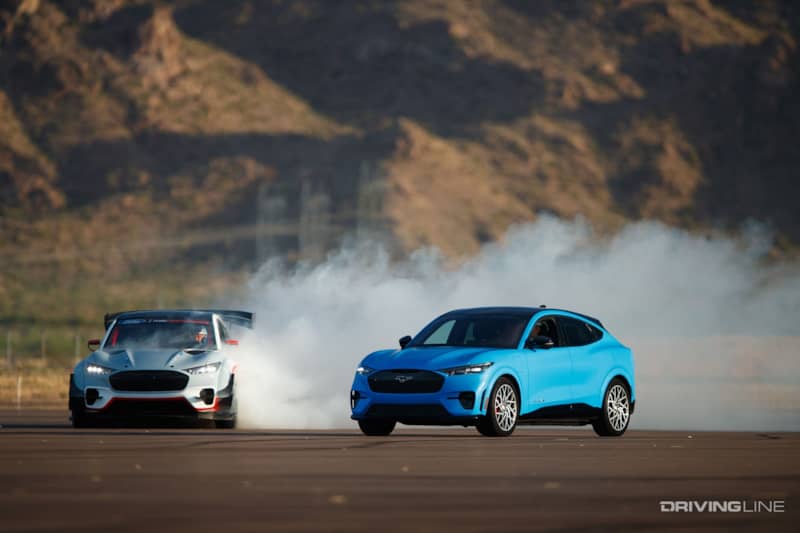
Before all of this chaos, an EV Camaro seemed like a safe bet, and a solid way for Chevrolet to leverage its heritage while pursuing a brand new market for its performance offerings (similar to how Ford positioned the Mustang Mach-E). It feels difficult to make any statements about the car’s potential battery-powered future given current conditions surrounding Ultium. That being said, electrification of some kind, along the lines of a hybrid or plug-in, feels like a potential route if Ultium production continues to drag its feet. Alternatively, GM may decide to wait until its EV platform plans are properly sorted before dusting off the Camaro badge. After all, it did take almost a decade for the model to re-appear the last time it was eliminated from showrooms.
Sport-Utility With A Mullet?
The mention of the Mustang Mach-E brings up the elephant in the room: the likelihood that any new Camaro would come back as a sport-utility vehicle rather than a coupe.
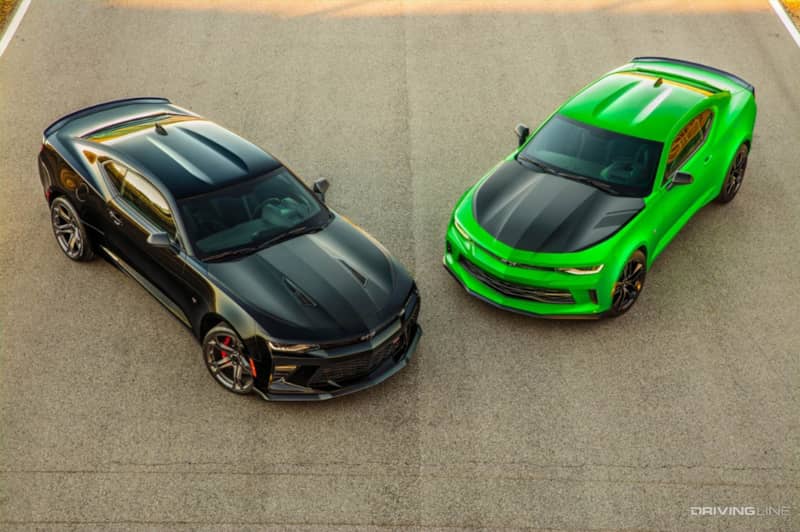
Although Dodge has seemingly committed to continuing to produce the Charger (and perhaps the Challenger) as an “EV muscle car,” Ford’s Mach-E SUV strategy has been successful enough for GM to use as a model for its Camaro resurrection. Unlike the folks at Mopar, Chevrolet hasn’t enjoyed Challenger-levels of success in terms of sales, which makes it less likely to continue to explore an exclusively two-door body style when so many shoppers have become enamored of tall-riding crossovers.
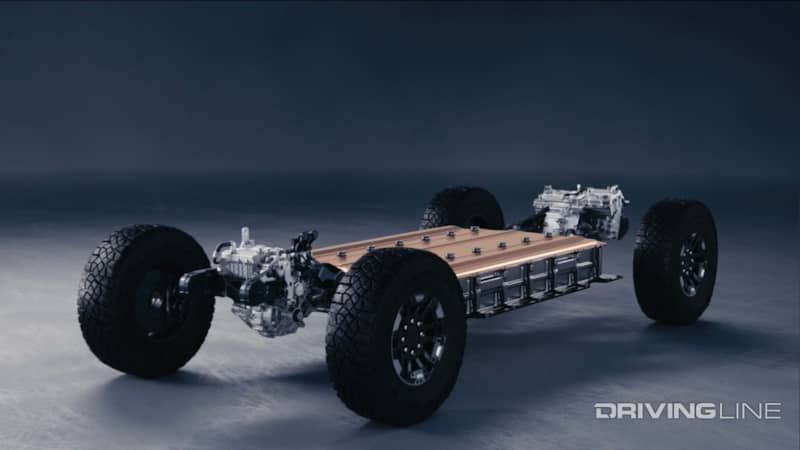
Ultium’s flexibility (it can be configured for front-wheel, rear-wheel, and all-wheel drive layouts) is another plus in the Camaro SUV column, as it would provide several different performance profiles for potential buyers to choose from (similar to the original plans for the Blazer SS EV).
We Could Be Waiting A Long Time
The presence of a Camaro SUV in a future Chevrolet line-up feels assured. There’s simply too much money left on the table should GM ignore the combination of the country’s most popular body style and one of the brand’s most recognizable names.
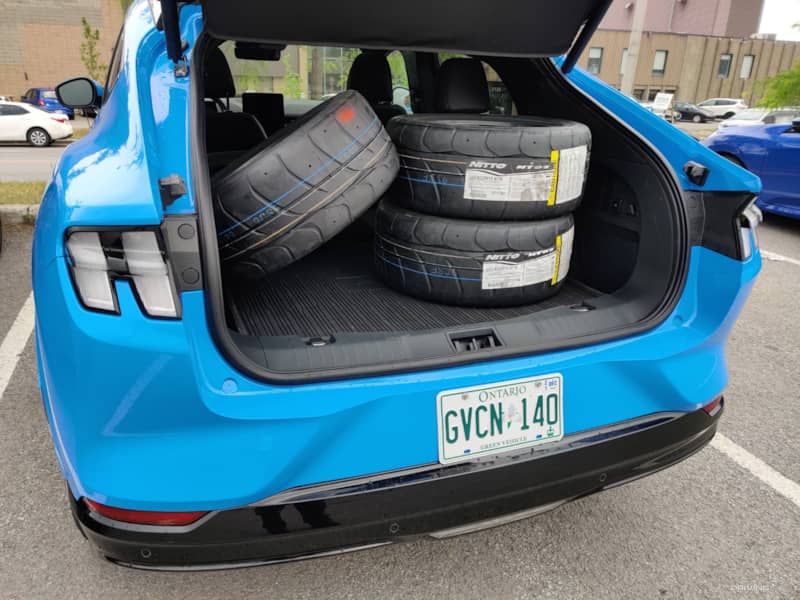
Whether a family-friendly Camaro would be the only vehicle with the badge is less certain. If Ultium can overcome its production woes, there’s enough leeway for multiple Camaro models to complement each other, including a potential coupe. A two-door Camaro replacement might come with a hatch, it’s true, but it at the very least it will differentiate itself from its larger sibling.
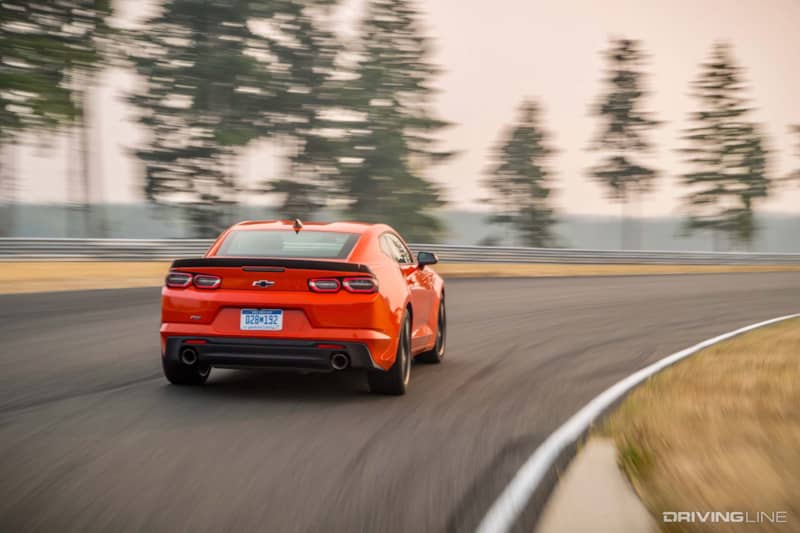
Amidst the uncertainty, one thing is certainly true: the days of an all-gas Camaro tearing up the tarmac are likely over. It simply doesn’t make sense for GM to invest resources in developing a low-volume platform that relies on older tech engines that will increasingly struggle to meet fuel economy and emissions regulations moving forward (and which can’t be sold in markets out side of America).



